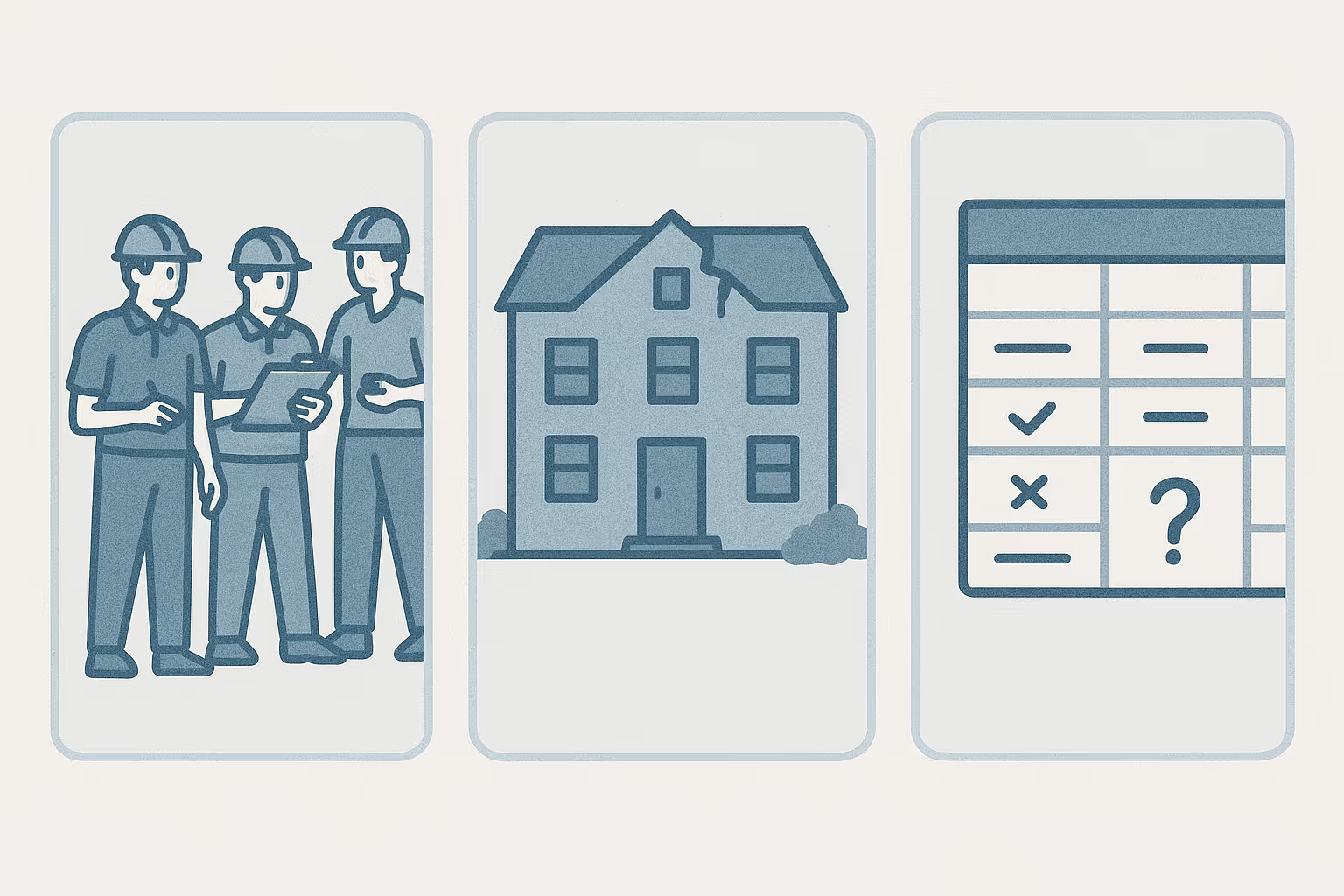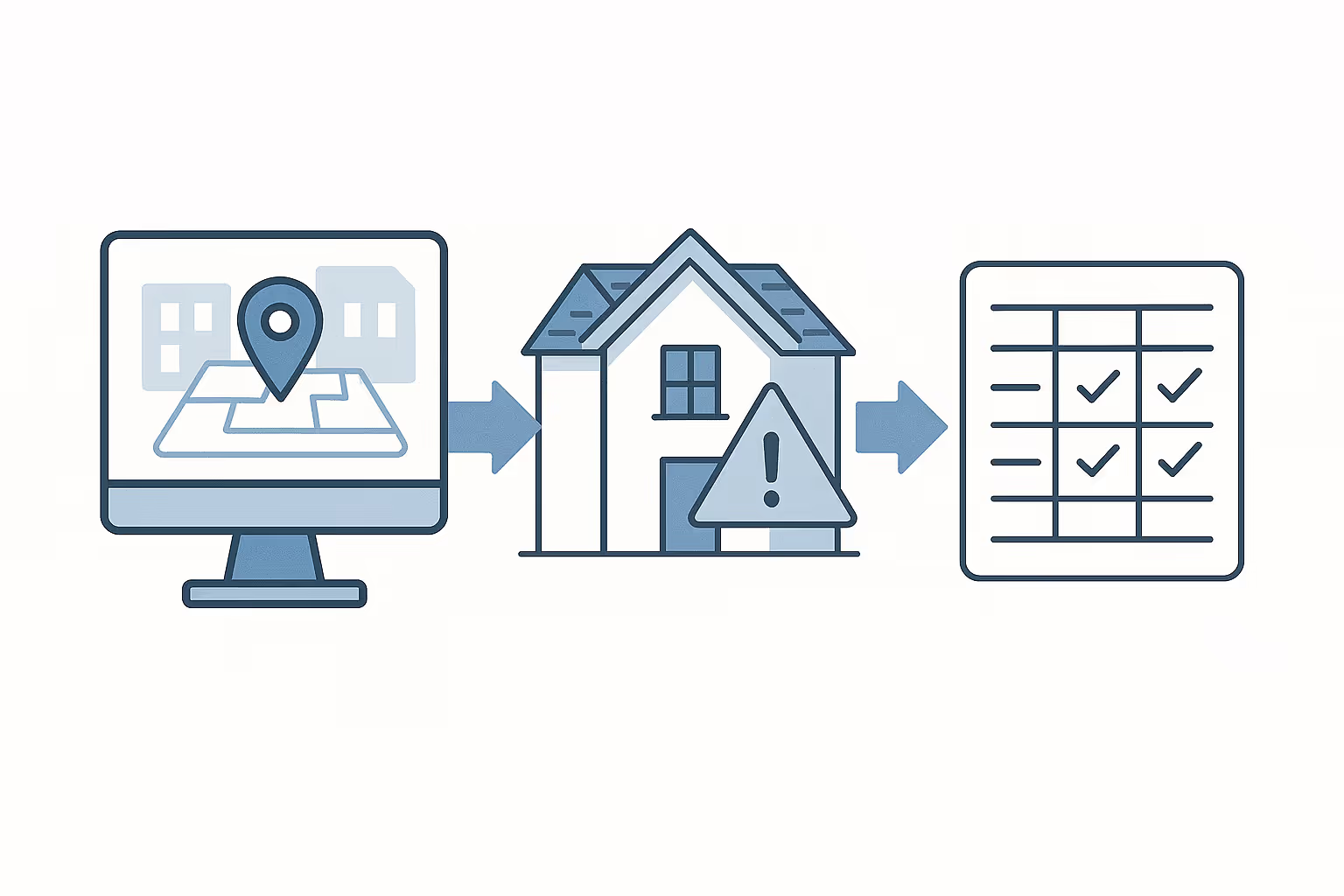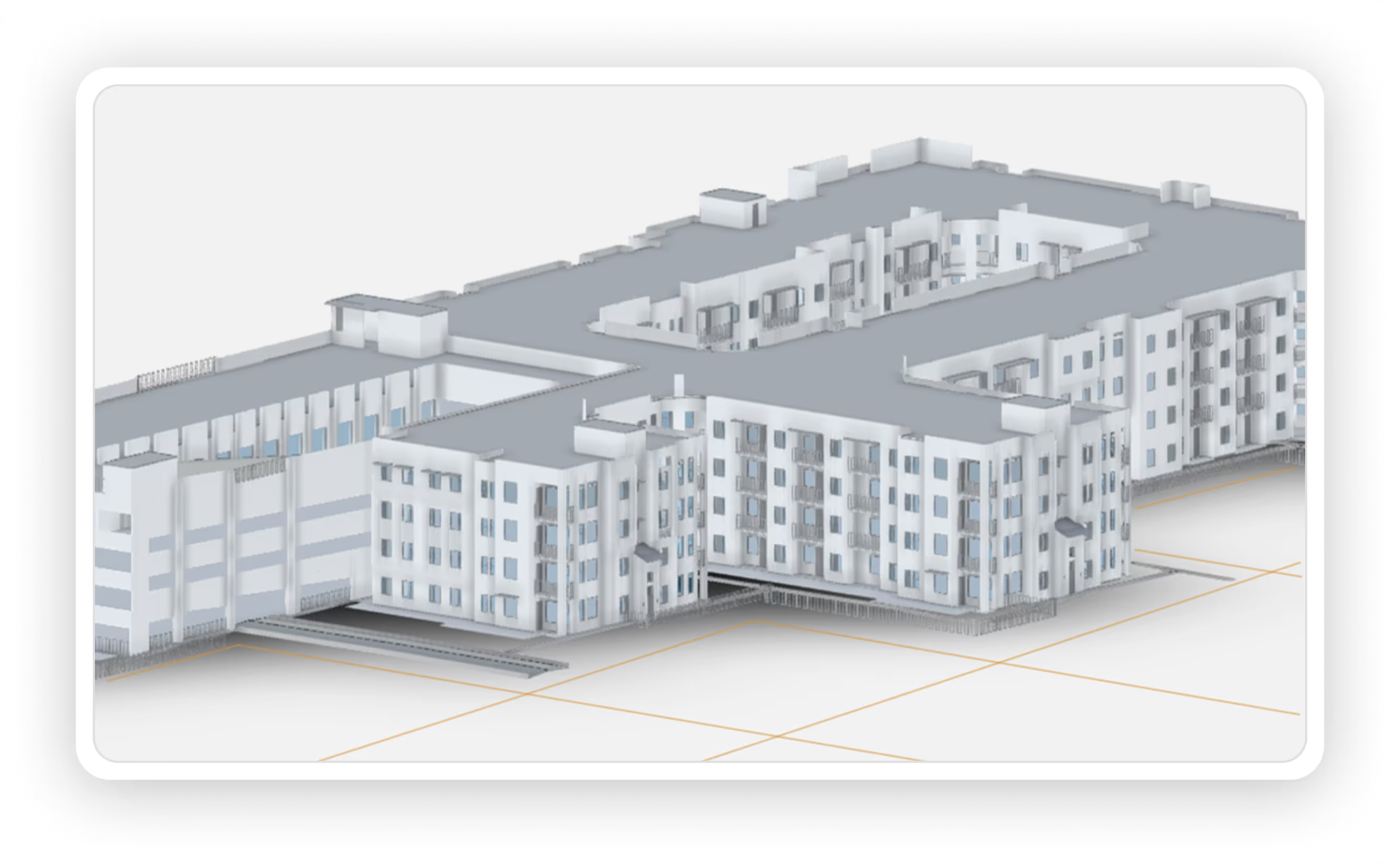How to Fix the 3 Biggest Problems in Multifamily Underwriting

Why Update Your Underwriting Process Now?
Underwriting a good deal has never been harder.
In a 2025 poll of 240 of Berkadia’s largest clients, 93% said underwriting deals today is somewhat or very difficult. The rest said it’s neither easy nor hard. No one said it was easy.
Why?
Higher interest rates, rising insurance costs, and tighter capital markets — and with slimmer margins for error and more competitive and precarious conditions, your company can’t continue to underwrite deals the same way they did in 1995.
In this piece, we’ll explore how to update your underwriting to meet today’s challenges.
We’ll walk through:
- The 3 biggest issues with legacy underwriting
- How they are all cause by the same root problem
- How to solve this problem and update your underwriting with Tailorbird
3 Deal-Killing Issues in the Legacy Underwriting Process

Issue 1. Slow Due Diligence
There’s a paradox in real estate deal-making. The faster you complete due diligence, the greater chance you miss problems and mess up your numbers. But the slower you complete due diligence, the more deals you lose to faster bidders and the more sellers you turn off with long due diligence provisions in your LOIs.
Even when you manage to tie the deal up, slow due diligence increases the risk of market changes and strains the buyer/seller relationship, both of which are deal-killers.
Issue 2. Inaccurate Capital Planning
Capital projects can make or break a deal. Repair and replacement projects are often your biggest expense — both on acquisition, and across the life of the property. And renovation and redevelopment projects are the key to raising rents as high as possible, as quickly as possible.
Yet it’s easy to miss hidden repair and renovation needs, and overlook opportunities to increase value through renovations and redevelopment, making it impossible to set accurate budgets and timelines, make financial decisions, and know you will hit your IRR targets.
Issue 3. Assumption Overload
You can’t make a deal without making some assumptions. Even when you have good data, you still have to make assumptions about how a property and the market will perform in the future.
But sometimes, acquisitions teams make assumptions about basic things like property conditions, CAPEX/OPEX costs and timelines, rents and turnover, and the like. And as more of these assumptions enter the model, the less confidence you and your investment committee will feel in the deal, and the harder it will be to secure internal buy-in.
The Root of The Problem: Legacy Processes and Tools

Acquisition teams know they have these issues, and they know any one problem can kill a deal.
But acquisition teams continue to run into these issues because — up until now — they have been forced to follow the same manual processes and legacy tools they have for 30+ years.
Due diligence is slow because it takes a long time to manually collect and organize property data.
One or two overstretched employees must personally collect updated property data through multiple site visits. They then need to collect and make sense of rent rolls, lease agreements, property condition reports, maintenance and permitting history, and a hundred other items. Worst of all — all this work gets done through spreadsheets and manual organization.
Capital planning is difficult because legacy property data is often inaccurate or incomplete.
Manual data collection isn’t just slow, it’s also error-prone and done across siloed spreadsheets. This forces acquisitions and construction to use flawed and fragmented inputs to plan capital improvement costs, collect contractor bids, determine operating expenses, and project rent revenues and CAPEX across a 3, 5, and 10+ year hold period, leading to flawed pro formas.
Too many assumptions are made because data is missing, hard to gather, or non-existent.
Acquisitions teams are often forced to make assumptions because sellers don’t know everything about a property, and they rarely disclose everything they do know. Unknown unknowns about roofs, HVAC, appliances, and other systems add up, more and more cells in your spreadsheet get filled with shaky assumptions, and there’s never enough time to get the real numbers.
How Tailorbird Solves The Root Cause of Underwriting Issues

Tailorbird is an AI-driven platform built for large multifamily owners. It automates, simplifies, and streamlines the core work of due diligence, making it faster and easier to underwrite properties.
Tailorbird solves the biggest three problems killing your deals by replacing legacy, manual processes with AI and modern workflows.
Tailorbird Accelerates Due Diligence by 70%+
With just a property address, Tailorbird’s AI collects more than 300,000 data points per property with over 98% accuracy. Within three days, it creates a standardized property record and a 3D model of its exterior, unit interiors, and common areas. This record includes site plans, takeoffs, roof plans, and historical operating data, providing you a shared, detailed view of the property.
With Tailorbird, you can collect all this data in parallel for 10 to 20 other properties — and you don’t even have to leave your desk.
Tailorbird Makes Capital Planning Accurate and Easy
Tailorbird’s AI transforms your standardized property record into a prioritized list of capital issues, projects, and tasks. It includes end-to-end workflows to help you and your construction teams scope, budget, and bid capital projects faster and with greater accuracy — so you can account for every CAPEX need, and know what they will cost and how long they’ll take.
With Tailorbird, one construction manager can do this for dozens of projects at a time, helping you fully understand an acquisition target’s needs ASAP without missing a thing.
Tailorbird Replaces Assumptions with Certain Statements
Tailorbird gives you the answers to some of the biggest acquisitions questions around CAPEX and OPEX spend. It reveals the unknowns around roof conditions, HVAC age, EUL/RUL for appliances, equipment, and systems, and hundreds of thousands of other data points.
With Tailorbird, you can give hard answers — so when your investment committee asks whether you’ve accounted for a roof replacement in year two, you’re not guessing. You’re showing them the roof plan, the material condition, the contractor quotes, and the impact on IRR.
A New Approach to Multifamily Underwriting

Tailorbird doesn’t just optimize a slice of your underwriting process. It gives everyone on the team what they need to do their jobs better.
Acquisition, construction, and asset management teams step into deals already aligned. Planning and coordination improve on near and long-term projects across the hold period. And acquisitions teams bring more opportunities to investors with greater detail and confidence.
By unifying the three core functions that define, maintain, and improve the value of a property over its lifecycle, Tailorbird empowers you to remake the entire acquisition, construction, and asset management process.
The result?
- Detailed, accurate underwriting happens in just 3 days
- Capital projects are faster, cheaper, and more predictable
- More capital projects will pencil — which means more deals will pencil